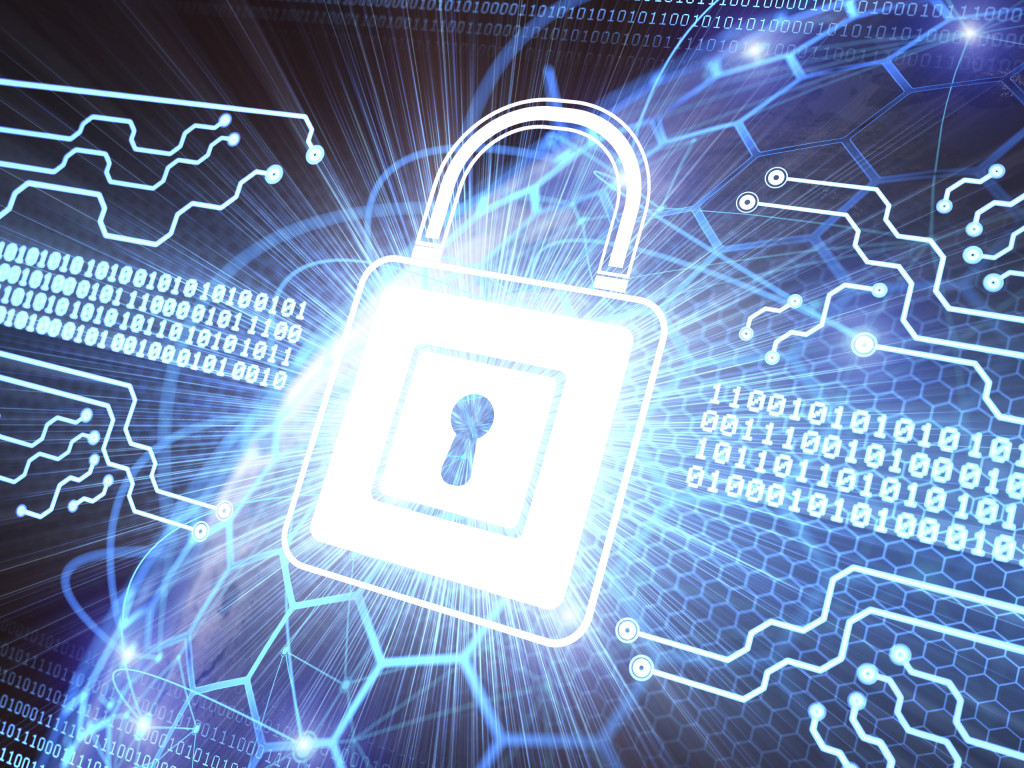THE NINE MOST TERRIFYING WORDS IN THE ENGLISH LANGUAGE

Ronald Reagan once said “The nine most terrifying words in the English language are, ‘I’m from the government and I’m here to help.” Recent information released by WikiLeaks suggests this may need updating.
WikiLeaks has disclosed a substantial collection of materials alleged to detail a portfolio of the US Central Intelligence Agency’s (CIA) hacking and surveillance techniques and tools. WikiLeaks claims that the almost 9,000 documents released, dated from 2013 to 2016, form a subset of the files they hold and serve as the first part of their release. It has been suggested in news reports that the CIA and FBI’s response appears to indicate that the information is legitimate. The “leak”, named by WikiLeaks as “Year Zero” of the apparently larger “Vault 7” document collection, is believed to be the largest CIA data leak to date.
The disclosed documents unveil several hundred million lines of computer code and techniques reported to be utilized by the CIA, including malware, trojans, viruses and ways to bypass encryption for a range of operating systems, devices and applications. Whilst much of the content is redacted (to stop other hackers from making use of it), the information leak still gives a huge insight into methods reportedly used by the CIA.
Based on the leaked documents, the CIA’s alleged tools reportedly target a range of well-known products, such as iPhone, Android, Samsung smart TVs and Microsoft Windows.
One tool, alleged to have been developed in co-operation with UK government agencies, appears to work by giving the impression that Samsung smart TVs are off when in fact they are still actually switched on. With the use of this tool, named “Weeping Angel”, the TV can then be used as a listening device to record and/or transmit any sound, including conversations, directly to the CIA. Other alleged tools are aimed at taking remote control of the vehicle control systems used by many modern cars.
Many of the documents detail hacking methods for mobile phones and tablets, including both iOS (iPhone, iPads, etc.) and Android (Samsung, LG, HTC and Sony, among others) devices, allegedly enabling the CIA to infest, control and extract data from the device without the user’s knowledge, as well as bypass encryption and/or use the device for remote recording.
Other alleged tools include “automated multi-platform malware attach and control systems covering Windows, Mac OS X, Solaris, Linux and more”, including “infectors for removable media such as USBs”. These enable monitoring, control and extraction of data from such systems, whilst at the same time infecting removable media which enables the malware to be transferred to other devices by the unaware user.
Whilst CIA surveillance is not a new topic, the scope of their capabilities has always been fairly speculative and unconfirmed. That appears no longer to be the case. The other concern is the scenario where these files may find themselves in the public domain, or more likely on the dark web. If the unredacted versions of these documents were to find themselves in the wrong hands, this would enable hackers to utilize the disclosed tools to access a huge array of devices globally. The consequence of this could mean that any encryption or security measures become void and user devices could be used for monitoring and theft of personal and sensitive information stored or accessed from the devices. The devices could also be used for covert audio and visual recording i.e. your mobile phone could become a walking CCTV device being transmitted directly to hackers, whilst any connection between a targeted device and other devices may mean the discreet infecting of further devices without the user’s knowledge and without any additional effort by the hackers.
For businesses, this could enable access to entire networks via laptop and mobile devices, putting both company and client information at risk. These kinds of techniques can be used to shut down business networks or hold information for ransom, in addition to the obvious confidentiality breaches and unauthorized use of information. In an age of growing cybersecurity threats, this level of potential threat makes cyberattacks a greater possibility for all businesses.
How do you protect yourself? Some quick and simple tips that anyone can do – use anti-virus software, always use strong passwords (alpha-numeric with special characters) that are changed regularly, ensure the latest system and application updates are installed, cover microphones and cameras on devices when switched on and unplug or disconnect smart TVs from the internet when not in use. For businesses, it is even more vital to ensure best practices for the business and employees at all levels to combat the very real threat of cybercrime.
If you would like to learn more about cybercrime techniques or preventative measures for your business, please contact Kevin Haywood Crouch at Kevin.HaywoodCrouch@KRyS-Global.com or Jacqui Sanaghan at Jacqui.Sanaghan@KRyS-Global.com.
